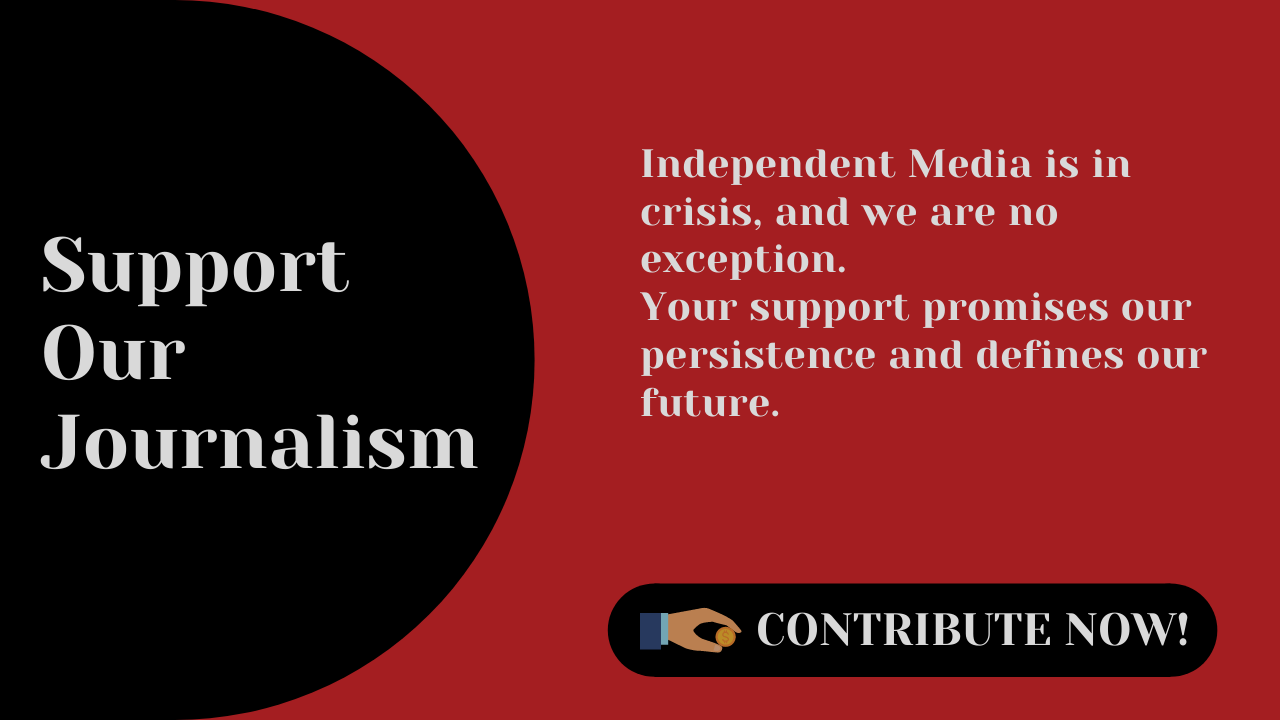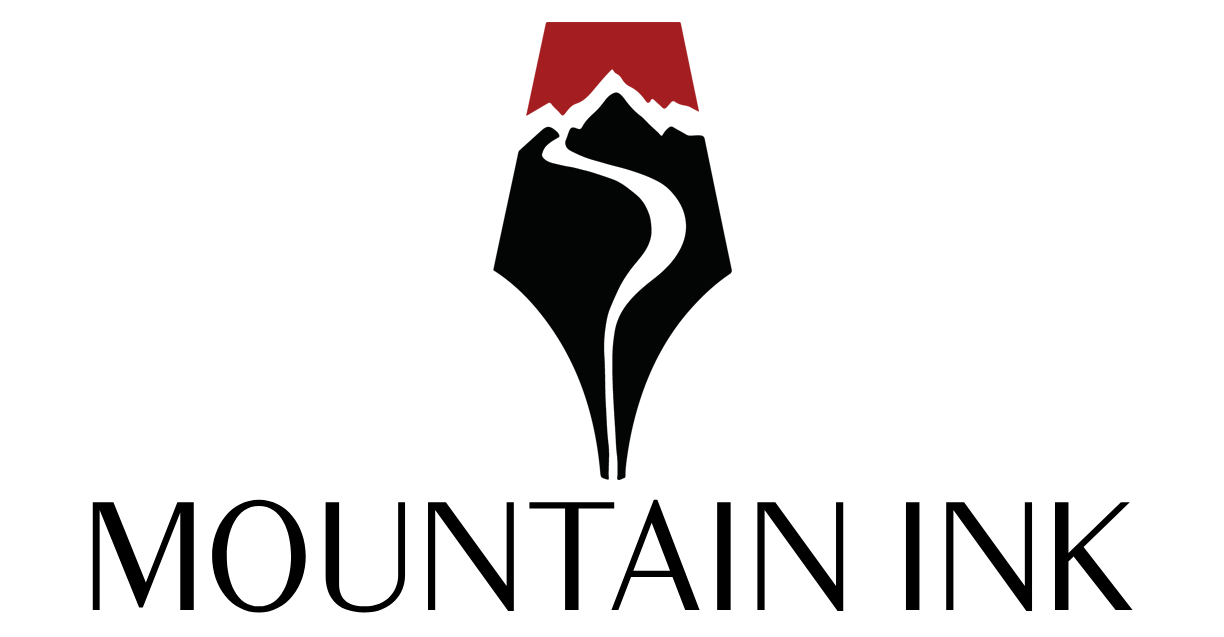Assumptions and Their Impact on Our Reality

Faizan Akbar is a student of Political Science at JMI,…
Human beings are different from animals in multifarious ways. However, the most important aspect in which we essentially differ is our capacity to be rational, which, besides other factors, has helped us in developing a sophisticated framework of shared languages over the course of history. This peculiar nature of ours has enabled us to interact with reality in a more complex manner. We can travel, back and forth in time, virtually—contemplate about, and thereby reconceptualize our past, and even attempt to foretell the story of our future.
These processes are underpinned by our capacity to fictionalize reality, to view it, in J. Peterson’s terms, in “low resolution”, in order to make it more palatable, and thereby deduce a workable model which is more or less representative of it.
Given the shortage of our resources, our brains are always aimed at optimising the processes of our perception, and conceptualization of reality. Therefore, our brains act as reducing and belief-generating mechanisms.
People from all walks of life internalise various schemas —a set of beliefs—which help them to map and navigate the terrains of reality. Leaving aside the big Philosophical assumptions, often termed as “axioms”, that everyone alike—scientists, theologians, and laymen—needs to operate in this world, all of us pick up beliefs and assumptions even about our day to day activities. What’s what and who’s who is largely defined by our schematic understanding of reality.
How do these particular beliefs shape our perception of reality? Do we actually see what is out there or do we see what we need to see? Let’s take a brief detour to understand this question.
The Connection Between Our Beliefs and Our Realities
Immanuel Kant, a famous German Philosopher, introduced a very radical insight regarding the ‘nature’ of our perception whereby he argued that the world, or the reality that we perceive had a ‘dual nature’. First, there’s noumena, a world which exists “out there”, but cannot be accessed by us and secondly, there’s phenomena, a world that we perceive through our sense perception, i.e the way numena appears to us.
Support Our Journalism
You are reading this because you value quality and serious journalism.
But, serious journalism needs serious support. We need readers like you to support us and pay for making quality and independent journalism more vibrant.
He even argued that the categories of time and space did not lie “out there” but are actively projected onto reality by us (Kant, 1785). Hence, questioning the Newtonian, objective understanding of time.
The veracity of these claims is not the point of discussion here. Nonetheless, what’s relevant to our question is his insight that we, to whatever extent, do tinker with our reality. Can this claim be demonstrated? Yes.
Take the example of a long straight road, how does it appear to us? Doesn’t it appear to us as if it’s going to converge at some point? The road is not converging at all in reality, but it appears to us in such a manner that we are able to discern its distance from us—the farther it is, the more the angle of convergence between the two boundaries of the road. That’s the cue of depth that our brain and environment, in Gibsonian terms, provide to us.

Moreover, our attention and perception is largely goal-oriented. We see what we need to see, not what “is there” to be seen. This was demonstrated by Daniel Simons in his famous selective attention test whereby he established that people who are focused on one thing can easily overlook something else, even as formidable as a giant animal. Therefore, it wouldn’t be an overstatement to claim that there’s a fundamental relationship between our beliefs and our perception of the world. As Jordan Peterson argues, we see the world as a combination of tools and obstacles, wherein our beliefs and motivations determine what an obstacle is, and what a tool is (Peterson, 2018).
In order to understand Peterson’s argument, take the example of a hungry person who rushes to the kitchen to look for something to eat. Does he/she equally attend to all the different kinds of things present there? No. He/she searches for food, probably in the refrigerator, or in the cabinets. In that context, the refrigerator or a fruit basket in the cabinet appear to us as our tools–useful entities–and all the other things, like the door of the kitchen, the chair in our way, are our obstacles–antithetical to tools–to be negotiated with.
The Efficacy of Our Beliefs
An incident in case—a 76-year-old US man, who had trouble with his right knee for almost 5 years and was hopeless since there was no treatment for him, was directed to consult a doctor who asked him to undergo a surgery under his supervision. Dr. Moseley, his doctor performed the surgery which led to a formidable improvement in his knee. So much so, that after two years of the surgery, he was even reported to have said that his right knee was just like his “other knee” (Talbot, 2000). This scenario wouldn’t have been surprising if Dr Moseley had actually performed the surgery. He hadn’t!
He, after anesthetizing the patient, had just made some incisions around his knee before sending him back home. Surprisingly, the treatment worked. This is what is known as the Placebo effect, where a make-believe drug or treatment is administered to a patient, and the patient starts to show improvement. Although the exact mechanism of this phenomenon still remains unknown, nonetheless, most researchers have agreed upon one thing; a belief in the effectiveness of a treatment boosts the treatment’s effectiveness (Brannon et al., 2013).
Many other studies have demonstrated the effectiveness of Placebo in Medical Research. For example, a meta-analysis of migraine headache prevention by Maecdo et al has shown a placebo effect of 21%. And a study related to the efficacy of the placebo effect in pain management by Cepeda et al was found to show an improvement in pain in 7% to 43% of the selected patients (ibid).
Similarly, Self-Efficacy, a construct developed by Alfred Bandura, which signifies an individual’s belief in his or her ability to succeed in a particular situation is also relevant to our question.
Self-Efficacy has been an important concept to be studied and researched in Psychology, particularly after the emergence of Positive Psychology during the 1990s. High levels of self-efficacy among individuals have been reported to show formidably positive results in endeavours across different fields like Entrepreneurship, Sport and Exercise, Mental Health, Physical Health, among others.

Another concept fundamental to our understanding of the issue at hand is the self-schema or self-concept—an overall, generalized belief or understanding about our personalities that we all build over the course of our lives. For instance, if an individual considers him/herself to be confident about public-speaking, there’s a good probability that he/she can actually be good at it. Researchers have found that if an individual believes him/herself to be self-schematic on a particular dimension, he/she is more likely to perform well in that area (Clearance Ng, 2013).
The famous quote, often attributed to the classic Martial Artist, Bruce Lee, as you think so shall you become, does not seem to be totally devoid of truth, when looked at from this perspective.
In Conclusion, What’s the Take-Away Point From All These Findings?
Placebo Effect, Self-efficacy, and Self-Schema, as explicated above, are essentially predicated on beliefs and assumptions. They may, at times, be subconsciously internalized and go unnoticed, or even actively forged, however, they always have a fundamental functionality in constructing our perception of reality. They have the power to determine and shape what we are, or what we can potentially become, hence an essential determinant that undergirds the process of our interaction with reality. When we choose to believe or think in a particular way, we increase the chances of the emergence of a reality that corresponds to those beliefs/assumptions.
I am not insinuating that we should completely do away with our beliefs or assumptions, because we can’t. However, I do suggest, based on the aforementioned and other similar findings, that it’s very important to scrutinize our beliefs and assumptions as we live on to allow them to manifest in our respective realities. Some of the most important methods in Psychotherapy, for example, Cognitive Behavioral Therapy (CBT) and Schema Therapy (ST), inter alia, are premised on the axiom that a change in a person’s beliefs can result in a considerable change in his/her perception or behavior.
As Peterson puts it; there is always room for alternative interpretation of things/events. Our beliefs and assumptions, coalesced together with other facts of life, construct the story that we choose to tell, to ourselves, and to others—by constantly acting it out in the real world. The constituent beliefs of that story are at times known to us, however, sometimes they remain lurking in our subconscious minds, and yet continue to impact our lives, positively or negatively. Therefore, it’s very important that we engage in careful scrutiny of our beliefs and assumptions, and thereby locate the ones which are dysfunctional, and attempt to replace them with alternative assumptions, which can have a positive impact on our lives.
A blind, uncritical, adherence to any assumption or belief can come at a heavy cost.
References
- Kant, I. (1998). Groundwork of the Metaphysics of Morals. Trans., Gregor. M., Cambridge: Cambridge University Press.
- Brannon, L., & Feist, J. (2000). Health psychology: An introduction to behavior and health. Australia: Brooks/Cole.
- Peterson, J. B., Doidge, N., & Van, S. E. (2018). 12 rules for life: An antidote to chaos.
- Talbot, M. (2000, January 14). The Placebo Prescription. The New York Times Magazine.
- Clarence Ng, C., (2013). Examining the self-congruent engagement hypothesis; the link between academic self-schemas, motivational goals, learning approaches and achievement within an academic year. Educational Psychology 34(6), 730-762. https://psycnet.apa.org/doi/10.1080/01443410.2013.832151
- Picture Source – https://www.baltana.com/photography/long-road-desktop-wallpaper-43781.html
Mountain Ink is now on Telegram. Subscribe here.
Become Our Ally
To help us strengthen the tradition of quality reading and writing, we need allies like YOU. Subscribe to us.
Faizan Akbar is a student of Political Science at JMI, Delhi. His intrestes include Political Theory, Philosophy and Religion.





